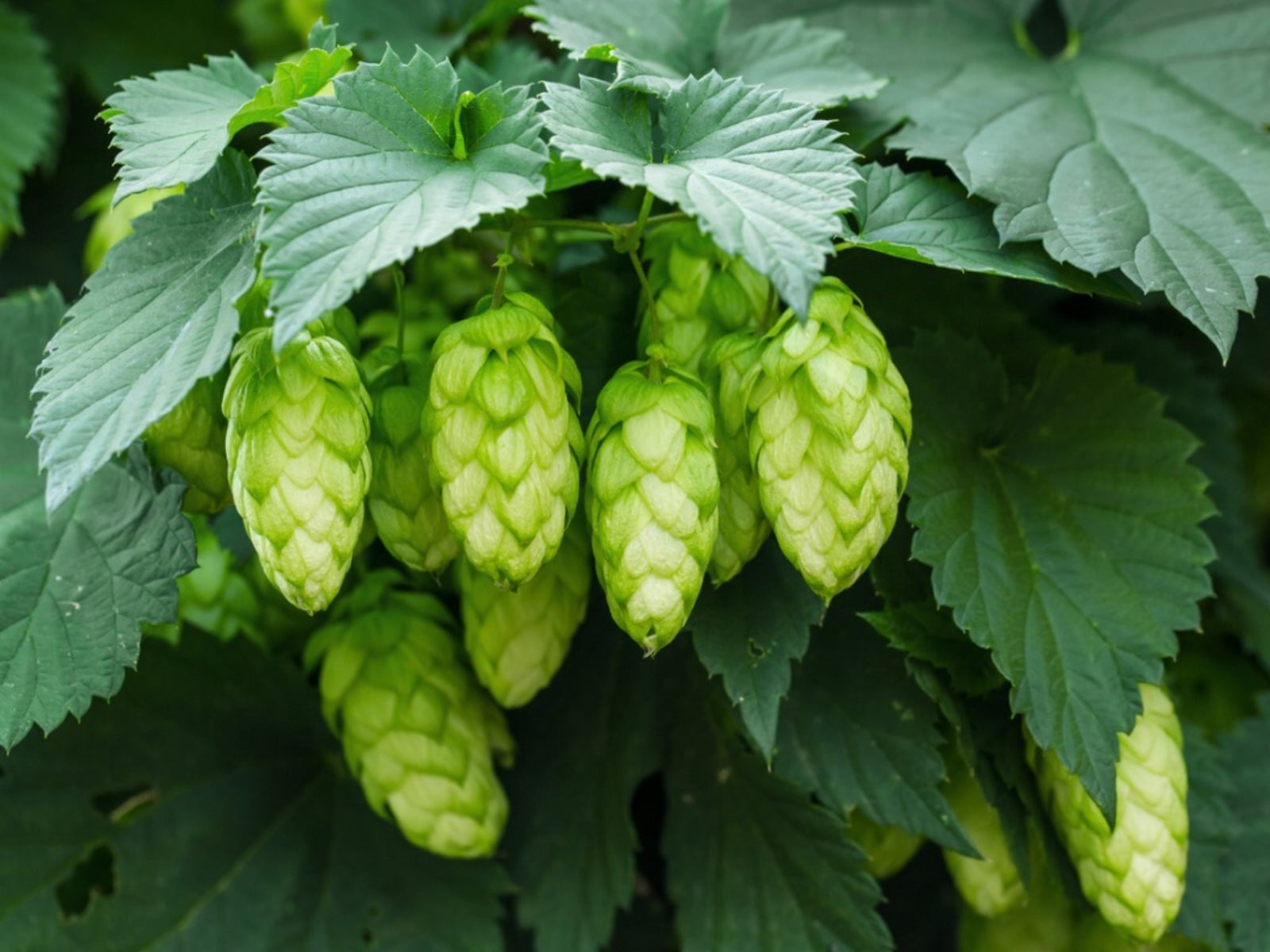
Thinking of brewing your own beer? While dried hops can be purchased for use in your brewing, a newer trend of using fresh hops is on the move and growing your own backyard hops plant is a good way to begin. Are hops grown from rhizomes or plants though? Read on to learn more.
Are Hops Grown from Rhizomes or Plants?
A rhizome is a subterranean stem of a plant that is capable of sending out roots and shoots from its nodes. Also called rootstocks, rhizomes retain the ability to send new shoots upwards to become a plant. So, the answer is that hops plants are grown from rhizomes, but you can purchase either hops rhizomes for growing or established hops plants for planting in your beer garden.
Where to Get Hops Rhizomes
Hop rhizomes for growing in the home garden can be purchased online or through a licensed nursery. Plants from a licensed nursery are often more reliable and disease-resistant because hops are susceptible to a number of diseases and pests, including hop stunt viroid and other viruses, downy mildew, Verticillium wilt, crown gall, root knot nematode, and hop cyst nematode--none of which you want infiltrating your hops garden. Hops are begat via female plants and can take a minimum of three years for a full crop; therefore, it behooves the grower/investor to buy certified stock from reputable sources. The National Clean Plant Network for Hops (NCPN-Hops) at Washington State University's Agricultural and Extension Center focuses on identifying and eliminating diseases that affect hop yields and quality. Purchasing hops rhizomes for growing from NCPN is a guarantee that you will be getting healthy disease-free stock. Alternately, if you purchase from another location, contact the Department of Agriculture for that state for questions regarding the licensing of the seller. Go to the National Plant Board Member ship page and click on the name of the state, which will bring up the website for that state's Department of Agriculture and a contact name for questions.
Planting Hops Rhizomes
Hops are easy to cultivate if planted in rich organic soils with enough space for a 20 to 30 foot (6-9 m.) long vine, in a region with a lengthy growing season in full sun. Plant the hops no later than mid-April in warm areas and mid-May in cooler regions. First dig a narrow trench about 1 foot (31 cm.) deep and a bit longer than the hop rhizome. Plant one rhizome, buds pointing up, per hill and cover with an inch (2.5 cm.) of loose soil. The rhizomes should be spaced 3 to 4 feet (about 1m.) apart and mulched heavily to aid in weed control and moisture conservation. Amend the soil with composted fertilizer in the spring and side dress with nitrogen at ½ teaspoon per plant in June. Several shoots will emerge from each rhizome. Once the shoots are about a foot long (31 cm.), choose the two or three healthiest and remove all the others. Train the shoots to grow along a trellis or other support by winding them clockwise, following their natural growth habit. Keep the vines spaced as you train them to improve light access, air circulation, and reduce the incidence of diseases. Continue to maintain your hop plants for a few years and soon you will be reaping cones in late August to early September, just in time to brew up some holiday ales.
Sign up for the Gardening Know How newsletter today and receive a free copy of our e-book "How to Grow Delicious Tomatoes".

Amy Grant has been gardening for 30 years and writing for 15. A professional chef and caterer, Amy's area of expertise is culinary gardening.
